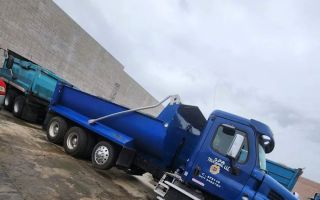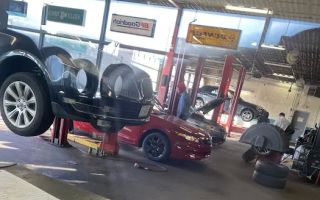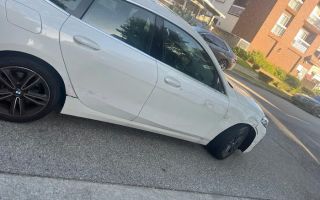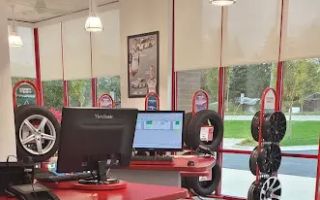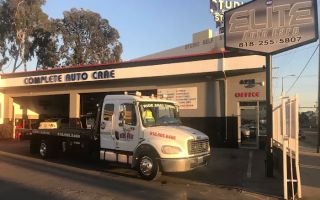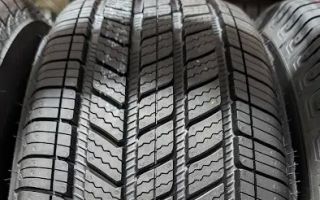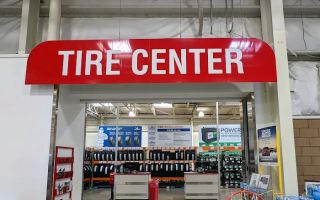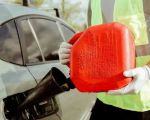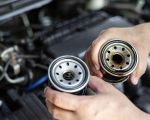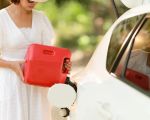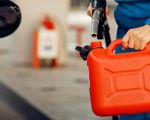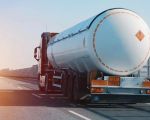How Emergency Fuel Delivery Can Help in Urban Areas: A Complete Guide
- 1. Why Emergency Fuel Delivery Is Crucial in Urban Areas
- 2. Challenges of Running Out of Fuel in Urban Environments
- 3. How Emergency Fuel Delivery Works
- 4. Real-Life Story: Emergency Fuel Delivery in Action
- 5. Benefits of Using Emergency Fuel Delivery Services
- 6. When to Call for Emergency Fuel Assistance
1. Why Emergency Fuel Delivery Is Crucial in Urban Areas
Urban areas are bustling with traffic, busy schedules, and crowded streets. Running out of fuel in such environments can quickly escalate into a stressful situation. Unlike rural areas, where you may have more space to maneuver or time to look for help, in cities, running out of fuel can lead to significant delays, frustration, and even safety risks. That's where emergency fuel delivery services come in.
Emergency fuel delivery in urban areas provides a solution to an otherwise inconvenient problem, ensuring that drivers can get the fuel they need quickly and safely, without the hassle of leaving their car or finding a nearby gas station.
2. Challenges of Running Out of Fuel in Urban Environments
Running out of fuel in an urban environment is more than just an inconvenience—it can lead to several challenges that make the situation even worse:
- Traffic Congestion: In urban areas, traffic congestion is common, and your vehicle being stuck can block lanes or cause further delays for other drivers.
- Finding a Nearby Gas Station: In densely populated areas, finding a nearby gas station may not always be easy or quick, especially during busy times.
- Safety Concerns: If you're stranded in a busy area or on a major road, you could be at risk from surrounding traffic or even criminal activity.
- Time Constraints: People in cities often have tight schedules. Running out of fuel can cause delays, leading to missed appointments or responsibilities.
These challenges make it clear why having access to emergency fuel delivery services can be a lifesaver, offering immediate relief and minimizing disruptions.
3. How Emergency Fuel Delivery Works
Emergency fuel delivery services are designed to bring fuel directly to your location, providing an efficient and convenient way to resolve a fuel shortage. Here’s how it typically works:
- Request Assistance: You can call an emergency fuel delivery service, often through a mobile app or a direct phone line. Provide them with your location, vehicle type, and the amount of fuel you need.
- Fuel Delivery: A professional driver from the service will arrive at your location with the necessary fuel, whether it's gasoline, diesel, or another type of fuel. They will fill your tank safely and quickly.
- Payment and Completion: Once your vehicle has been refueled, you pay for the service, typically through a mobile app or on-site payment options.
This process is quick and designed to minimize any disruption to your day. It’s an excellent solution for drivers who find themselves stuck without fuel in urban environments.
4. Real-Life Story: Emergency Fuel Delivery in Action
Take the case of John, a commuter in New York City. One morning, while on his way to an important meeting, he noticed his fuel gauge was dangerously low. Despite his best efforts to find a nearby gas station, the heavy traffic and lack of available parking prevented him from refueling on time. With his meeting fast approaching, he realized he was going to run out of fuel in the middle of a busy intersection.
In a panic, John called a local emergency fuel delivery service. Within 30 minutes, a professional arrived with the fuel he needed, filled his tank, and allowed him to drive off without missing the meeting. “I was relieved to get back on the road so quickly,” John said. “It saved me a lot of time and stress, and I didn’t have to worry about being late.”
This experience demonstrates how emergency fuel delivery services can offer real-time solutions to frustrating and time-sensitive problems, especially in urban environments.
5. Benefits of Using Emergency Fuel Delivery Services
Emergency fuel delivery services offer a wide range of benefits for drivers in urban areas:
- Convenience: You don’t have to leave your vehicle or search for a nearby gas station—fuel is delivered directly to you.
- Time-Saving: The service saves you time by quickly resolving a fuel shortage, allowing you to get back on the road without wasting time looking for a gas station.
- Stress-Free: Emergency fuel delivery alleviates the stress of being stranded in busy traffic or unsafe locations, offering a quick and reliable solution.
- Safety: It provides a safer option than walking to a distant gas station, especially if you are stranded on a busy street or highway.
- 24/7 Availability: Many emergency fuel delivery services are available around the clock, making it easy to get help whenever you need it, day or night.
These benefits make emergency fuel delivery an essential service for drivers, especially in the fast-paced and often hectic environment of urban areas.
6. When to Call for Emergency Fuel Assistance
It’s always best to plan ahead, but sometimes you may find yourself in an emergency situation. Here are some signs that it’s time to call for emergency fuel assistance:
- When You’re Running Low on Fuel and Can’t Find a Station: If you’re low on fuel and unable to find a nearby gas station due to heavy traffic or distance, it's time to call for assistance.
- When You’re Stranded in an Unsafe Location: If you’re stuck in a dangerous area such as a busy street or isolated part of town, calling for fuel delivery ensures your safety.
- If You Don’t Have the Time or Ability to Walk to a Gas Station: If you're pressed for time or unable to leave your vehicle due to health or mobility concerns, emergency fuel delivery is a convenient and practical solution.
In these situations, calling for emergency fuel assistance can be a fast and effective way to get back on the road without further complications.
If you’re ever in need of emergency fuel delivery in urban areas, consider reaching out to Rescue & Towing for reliable and quick service.

